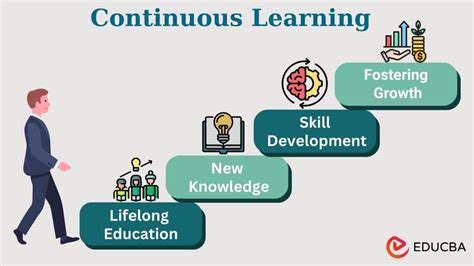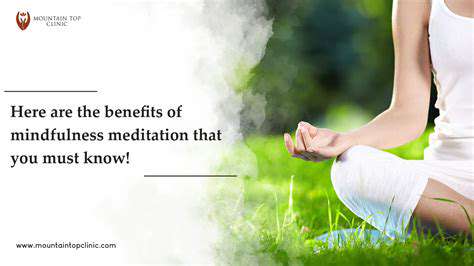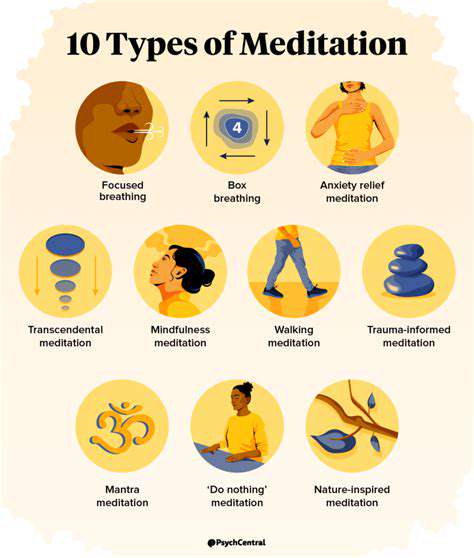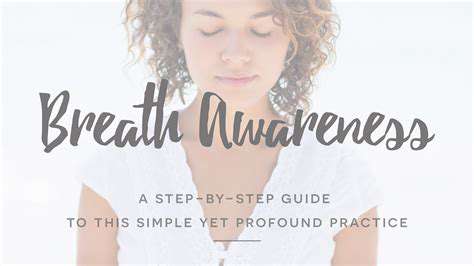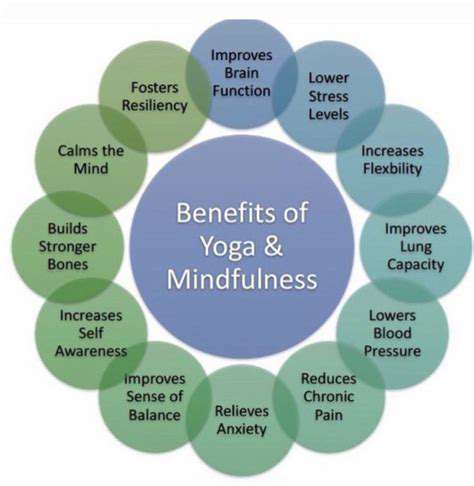Common mistakes to avoid for a peaceful home
The Growing Need for Stress Management
Understanding Stress and Its Impact on Home Life
Stress can have a profound impact on our overall well-being, influencing everything from our mental health to our physical health. At home, stress can disrupt family dynamics and create a tense atmosphere.
When we are under stress, our bodies release hormones like cortisol and adrenaline, which can affect our mood and behavior. This can lead to conflicts with family members, misunderstandings, and lasting emotional scars.
Recognizing the signs of stress is crucial. Symptoms may include irritability, fatigue, or difficulty concentrating. By identifying these signs early, we can take proactive steps to manage stress effectively.
Additionally, the environment we create at home plays a significant role in how we handle stress. A cluttered, chaotic space can exacerbate feelings of anxiety, while a calm, organized setting can promote relaxation and clarity.
Understanding the relationship between stress and home life is the first step toward creating a more peaceful living environment. By addressing stressors, both internal and external, we can work toward developing a nurturing space for ourselves and our families.
Common Stressors in the Home Environment
The home should be a sanctuary, but several common stressors can disrupt this peace. Poor communication among family members often leads to misunderstandings and conflict, which can escalate tension.
Financial worries are another significant source of stress. The burden of bills, mortgages, and unexpected expenses can create an overwhelming atmosphere, making it challenging to maintain harmony at home.
Another critical stressor is time management. Many families struggle to juggle work commitments, children’s activities, and personal time. This can leave little room for quality time together, leading to feelings of isolation.
Technology can also be a double-edged sword. While it keeps us connected, it often creates distractions and diminishes face-to-face interactions, leading to increased stress levels.
Identifying these common stressors is essential. Once we recognize them, we can implement strategies to mitigate their impact, paving the way for a more peaceful home life.
Strategies for Reducing Stress at Home
Creating a peaceful home environment begins with establishing open communication among family members. Regular family meetings can help create a platform for discussing concerns, sharing feelings, and resolving conflicts.
Implementing routines can also alleviate stress. Setting consistent meal times, bedtimes, and family activities can create structure, making the household run more smoothly and providing a sense of security.
Incorporating Mindfulness practices into daily life can significantly reduce stress. Simple techniques such as meditation, deep breathing exercises, or yoga can help center the mind and promote emotional resilience.
Physical space should not be overlooked. Creating a calming atmosphere through decluttering and organizing can help alleviate feelings of overwhelm. Designating quiet areas for relaxation or reflection can enhance the home’s peacefulness.
Lastly, prioritizing self-care is vital for stress management. Encourage every family member to take time for activities that bring joy and relaxation, whether that's reading, pursuing hobbies, or spending time outdoors. A healthier, happier family ultimately leads to a more peaceful home environment.
What is Mindfulness Meditation?
Understanding Mindfulness Meditation
Mindfulness Meditation is a practice rooted in ancient traditions, particularly in Buddhism, aimed at cultivating awareness and presence in the moment. It encourages individuals to observe their thoughts, feelings, and bodily sensations without judgment. This approach helps enhance emotional regulation and promotes a greater sense of well-being.
At its core, mindfulness meditation teaches practitioners to focus on the present, rather than dwelling on the past or worrying about the future. By anchoring attention to the breath or other focal points, individuals can develop a deeper awareness of their mental patterns and emotional responses.
This practice is not merely about relaxation; it also serves to foster a deeper understanding of oneself. Regular mindfulness meditation can lead to insights about habits, motivations, and desires, ultimately guiding individuals towards a more fulfilling life.
Moreover, mindfulness meditation is accessible to everyone, regardless of age or background. With just a few minutes of daily practice, individuals can experience significant benefits, making it a valuable tool for enhancing mental clarity and emotional resilience.
Techniques for Practicing Mindfulness Meditation
There are various techniques to incorporate mindfulness meditation into daily life. One common approach is breath awareness, where individuals focus their attention on their breathing patterns. This can involve observing the inhalation and exhalation without trying to alter it, which promotes relaxation and concentration.
Body scan meditation is another effective technique. This involves mentally scanning one's body, starting from the toes and moving upwards, to notice any sensations or areas of tension. This practice enhances bodily awareness and fosters a deeper connection between the mind and body.
Guided meditations, often available through apps or online resources, can also be helpful, especially for beginners. They provide structured guidance, which can ease the initial challenges of maintaining focus and can introduce diverse themes, such as loving-kindness or gratitude.
Finally, it's crucial to establish a supportive environment for practicing mindfulness meditation. This can be a quiet room with minimal distractions, comfortable seating, and perhaps soft lighting or calming scents to create a serene atmosphere conducive to meditation.
Benefits of Mindfulness Meditation
The benefits of mindfulness meditation are extensive and supported by a growing body of research. One of the most significant advantages is the reduction of stress. By fostering a non-reactive mindset, individuals are better equipped to handle life's challenges and can navigate stressful situations with greater ease.
Mindfulness meditation also enhances emotional well-being. Regular practice has been linked to decreased symptoms of anxiety and depression, as it encourages a compassionate and understanding interaction with one's thoughts and emotions.
Additionally, mindfulness meditation improves focus and concentration. This is especially beneficial in today's fast-paced world, where distractions are plentiful. Practicing mindfulness can help strengthen the ability to maintain attention on tasks, leading to increased productivity and efficiency.
Lastly, mindfulness can enhance interpersonal relationships. By cultivating empathy and patience, practitioners often find that they communicate more effectively and respond more thoughtfully to others, fostering deeper connections and reducing conflicts.
How Mindfulness Meditation Reduces Stress
Understanding Mindfulness Meditation
Mindfulness meditation is a mental practice that involves focusing your attention on the present moment. It encourages individuals to become aware of their thoughts, feelings, and bodily sensations without judgment. This practice creates a deeper connection between the mind and body, fostering a sense of tranquility.
By embracing mindfulness, practitioners learn to observe their thoughts as they arise, which can lead to greater self-awareness and emotional regulation. This awareness is a crucial step in reducing stress, as it allows individuals to detach from negative spirals of thought that can exacerbate anxiety and worry.
The Neurobiological Effects of Mindfulness
Research has shown that mindfulness meditation can lead to structural changes in the brain, particularly in areas related to stress management and emotional regulation. For instance, studies indicate that regular practice may increase the thickness of the prefrontal cortex, which is involved in executive functions such as decision-making and emotional control.
Additionally, mindfulness meditation may decrease the size of the amygdala, the brain's fear center, which could contribute to a reduced fear response and better management of stress. These neurobiological changes help facilitate a more resilient mindset, enabling individuals to cope better with challenging situations.
How Mindfulness Meditation Promotes Relaxation
One of the key benefits of mindfulness meditation is its ability to promote relaxation. During a session, practitioners often engage in deep breathing techniques that activate the body's relaxation response, lowering heart rates and reducing muscle tension. This physical response contributes to an overall feeling of calmness.
By consistently practicing mindfulness, individuals can train their minds to enter a state of relaxation more quickly. This can be particularly beneficial in stressful situations, allowing them to navigate challenges with greater ease and clarity.
Incorporating Mindfulness into Daily Life
Incorporating mindfulness into day-to-day activities can further enhance its stress-reducing effects. Simple practices, such as mindful eating, walking, or even engaging in conversation, can turn ordinary moments into opportunities for mindfulness. This approach helps to create a more balanced and present-centered lifestyle.
Setting aside specific times for mindfulness meditation is essential, but it’s equally important to integrate mindfulness into regular tasks. This can lead to a greater sense of peace in everyday life, as individuals learn to focus on the present rather than ruminating on past events or worrying about the future.
The Long-Term Benefits of Mindfulness Meditation
Practicing mindfulness meditation regularly can lead to lasting changes in stress levels and overall well-being. Many people find that the benefits extend beyond the meditation session itself, contributing to heightened emotional resilience and a more positive outlook on life.
Over time, mindfulness can foster a greater sense of contentment and connection with oneself and others. Individuals may experience improved relationships, enhanced concentration, and a decreased likelihood of experiencing anxiety and depression, all of which contribute to a more peaceful home environment.
Incorporating Mindfulness into Daily Life

Understanding Mindfulness
Mindfulness is the practice of being present and fully engaged in the moment without judgment. This approach fosters greater awareness of our thoughts, feelings, and surroundings. By practicing mindfulness, we can cultivate a deeper sense of peace and reduce stress levels.
Many people mistakenly believe that mindfulness requires hours of meditation each day. In reality, mindfulness can be incorporated into daily routines, no matter how busy our lives become. Even small moments of awareness can lead to significant improvements in well-being.
Learning the principles of mindfulness helps individuals understand how to apply them in various situations, including challenging or stressful ones. By developing this awareness, one can better handle conflicts and find resolution more peacefully.
Simple Mindfulness Techniques
There are numerous techniques to practice mindfulness that can be easily integrated into everyday life. One of the simplest methods is mindful breathing, where you focus your attention on your breath and observe its rhythm. This technique can be particularly helpful in high-stress situations.
Another effective technique is mindfulness walking. During a walk, pay attention to the sensations in your feet, the air on your skin, and the sounds around you. This practice helps ground you in the present and enhances your connection to the environment.
Gratitude journaling is another way to cultivate mindfulness. By taking a few minutes each day to write down things you are grateful for, you can shift your focus from negative thoughts to positive ones, promoting a peaceful mindset.
Creating a Mindful Environment
Your surroundings can significantly influence your mindset, making it essential to cultivate a peaceful atmosphere at home. Consider decluttering your living space, which can help reduce distractions and promote clarity. This act alone can bring a sense of calm.
Incorporating natural elements, such as plants, can enhance the serenity of your environment. The presence of greenery not only improves air quality but also provides a soothing visual aspect that can uplift your mood. A harmonious living space encourages mindfulness.
Additionally, consider setting aside a dedicated area for mindfulness practices, such as meditation or yoga. A specific location can act as a reminder to take time for yourself and engage in self-care routines, creating a sanctuary of peace amidst the busyness of life.
Overcoming Challenges in Mindfulness Practice
Many individuals encounter challenges when trying to practice mindfulness. One common issue is the wandering mind, where thoughts drift to past regrets or future anxieties. Recognizing this tendency is the first step in gently bringing your focus back to the present.
Another challenge is the misconception that mindfulness should be practiced in silence or solitude. In reality, mindfulness can be practiced in various environments, even amidst noise and chaos. Accepting that mindfulness can coexist with everyday life can alleviate pressure.
Consistency is key to overcoming obstacles in mindfulness. By setting a regular time for practice, whether it's a few minutes each day or longer sessions several times a week, you begin to build a sustainable habit that leads to lasting peace.
The Benefits of Mindfulness for a Peaceful Home
Practicing mindfulness can have profound effects on both individual well-being and family dynamics. Increased awareness fosters better communication, enabling family members to express their feelings and needs more effectively. This open dialogue can prevent misunderstandings and conflicts.
Mindfulness also promotes emotional regulation, reducing reactivity and impulsiveness. As individuals learn to respond thoughtfully rather than react instinctively, the overall atmosphere at home becomes more positive and harmonious. This emotional resilience enhances family relationships.
Ultimately, incorporating mindfulness into daily life contributes to a more peaceful home environment. As each family member practices mindfulness, the collective energy shifts towards patience, understanding, and compassion, creating a nurturing space for all.


